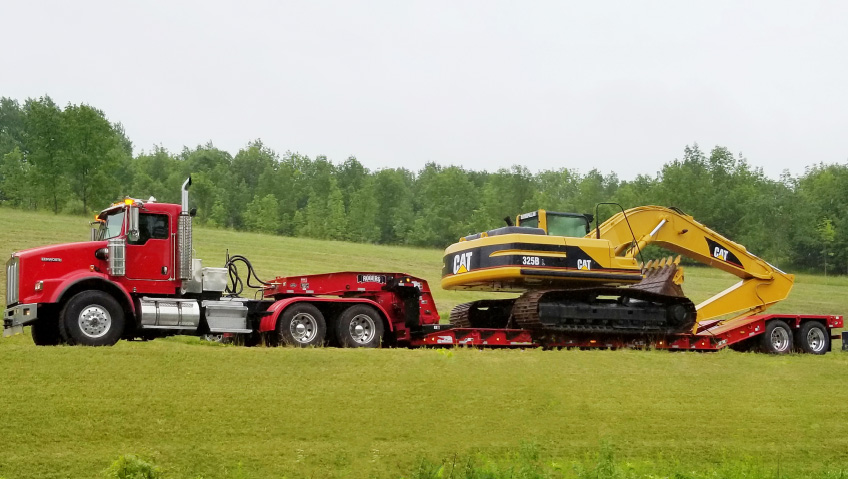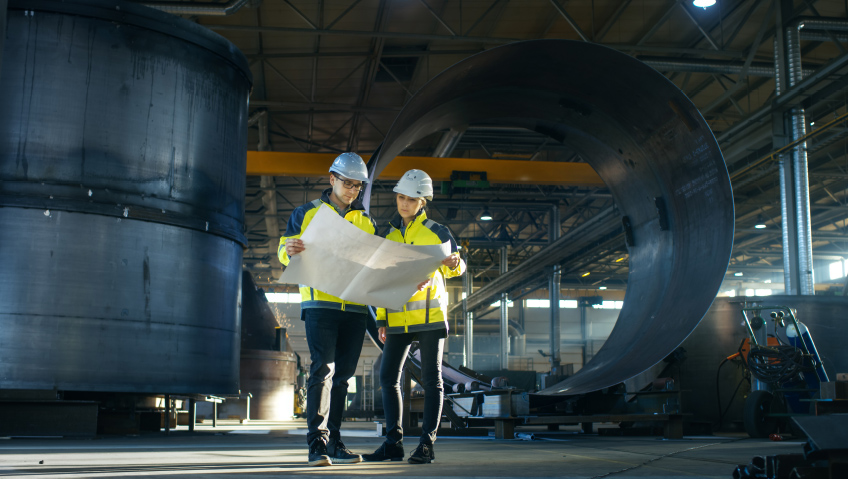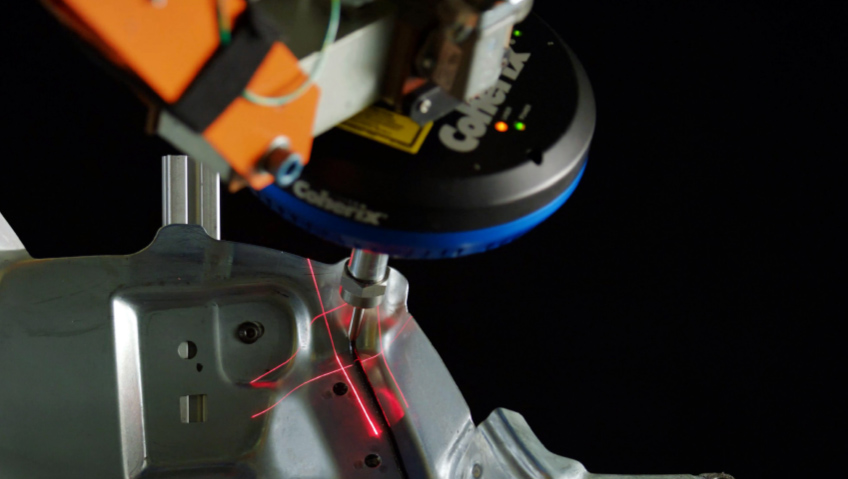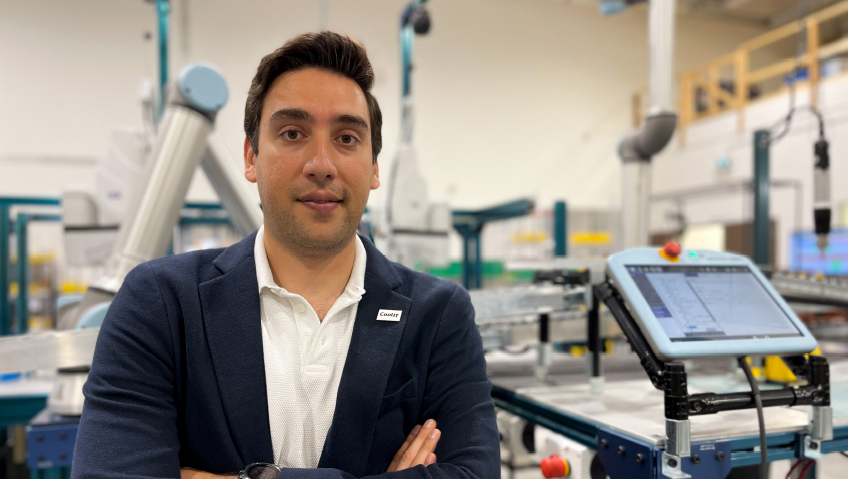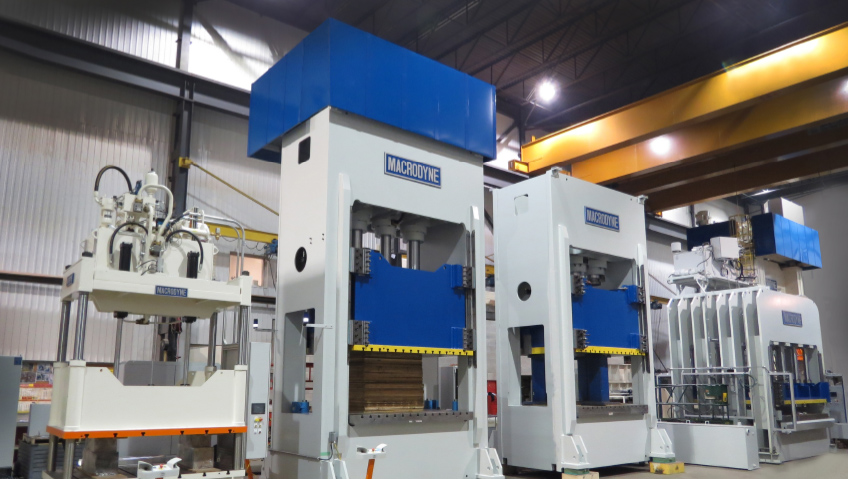Pierce-Roberts Rubber Company of New Jersey manufactures custom-molded rubber products for companies nationwide. The company was started by R.J. Pierce, who purchased a warehouse in 1911 in Trenton, New Jersey to house goods and begin manufacturing. He met fellow businessman Harry Roberts in 1922, who owned his own rubber company, and the two merged their businesses to form Pierce-Roberts.
A few years before the merger, Clifford Pierce took over business operations, a position he held until 1976. Clifford is credited as the innovator who grew the company significantly, leading to it winning many long-term clients and including some with which Pierce-Roberts does business to this day. During this time, the company expanded into molding, providing rubber components and parts for companies like IBM, Black & Decker, and many more.
Ownership of the business passed to Arnold Pierce after Clifford’s time ended, and was then handed to David Pierce. In 2004, David Pierce sold the business to current President and CEO Chris Weber and his business partner Denise Hoffman. Weber is now the sole owner after Hoffman passed away in 2017.
Over the years, Pierce-Roberts has progressed by providing custom solutions for various applications, and has developed hundreds of material formulations in the rubber industry. “Name an application or environment and we’ve made components for it,” Weber says.
The business has long counted itself as unique in the rubber industry thanks to a proven history of manufacturing molded components with complex geometries and demanding performance applications. Whether compression, transfer, or rubber injection molding, raw material formation and compounding, rubber-to-metal bonding, or turnkey solutions for subcomponents, Pierce-Roberts offers a multitude of solutions with its broad range of capabilities and services, and over a century of experience.
Pierce-Roberts has been ISO 9001 registered since 2001. It has traceability from the first to the last step, with many levels of inspection, measurement, and redundancies. Pierce-Roberts takes what it does very seriously and strives to be the best custom rubber products manufacturer.
Weber describes the polymers they work with, such as Buna, Butyl, EPDM, Fluoroelastomer (Viton) Neoprene, Polyurethane, and Silicone as living, moving things that one must learn through continued effort. “Rubber is a learned and developed skill that we cultivate with the people that are [here],” he says. Employees are cross-trained in different departments regularly to be able to help overcome any potential bottlenecks across the processes and in its many production lines.
Weber explains that the company subscribes to the synchronous flow management theory (also known as the theory of constraints), which means that work is organized around these bottlenecks within the chain of production so that these situations can be anticipated and self-managed. When employees know how to do one another’s jobs effectively, then it is easier for them to earn more and for the business to gain new apprentices.
This approach has led to virtually no employee turnover, save for retirement. Both Weber and Vice President Charles Foley express how exciting it is to come to work and learn new things daily, making this an atmosphere that is sought after by customers and employees alike.
At all times, Pierce-Roberts looks to foster a relationship with its clients that is as positive and enduring as the one it shares with its staff. The secret to the longevity seen among the company’s most lasting relationships is transparency, honesty, and understanding each client’s needs and working with them to meet those needs. Foley describes Pierce-Roberts Rubber as the company that says “yes” when other manufacturers say “no”.
The company services industries and business segments such as Military, Material Handling, Marine, Medical, OEM Industries, and Aerospace. Military components manufactured are used in various applications including submarine, aircraft, and ground troop product requirements.
The business is also always open to being a part of new or uncharted areas. When it comes to welcoming new customers into the fold, Weber and company are quick to do so with open arms. “Welcome, thank you for finding us!” is how Weber describes the way it warmly greets new business.
Within the past couple of years, Foley admits that COVID-19 has placed challenges on the rubber industry that are still felt today, such as the difficulty in obtaining raw materials. However, COVID has also been a challenge that Pierce-Roberts has been able to overcome by committing to innovation and material formulating capabilities.
Rubber manufacturing is considered old technology, but one that has also evolved a great deal across more than a century and promises to continue doing so. Foley stresses that the key to maintaining and growing within the industry is to continue to innovate and “step outside the box” at every opportunity.
The demand for rubber components is affected by the circumstances of the industries that rely on these parts, so there is a constant ebb and flow. However, as Weber affirms, the industries Pierce-Roberts serves are diverse enough to level out the fluctuations seen in various business segments. Custom manufacturers are in a good spot currently, and especially with Pierce-Roberts, there is hardly an application for which it has not made a component.
Pierce-Roberts will look to continue increasing its employees’ knowledge and educating them as much as possible on the intricate role that rubber plays in so many different fields. “Industries and applications will change every day,” Weber muses, “but the people and growth of knowledge are the most important parts of the future.”
It is important to senior management that Pierce-Roberts will be here for the next 100 years and beyond, a responsibility the company feels to its future as a business and to its employees. Weber admits that the company’s growth, particularly over the last twenty years, does not generally happen with companies of its size. It is the hard work of all involved and the importance of what Pierce-Roberts manufactures every day that continue to separate the business from other manufacturers.
Senior management embraces the efforts of its employees, and customers feel that the company is with them on every project. Weber happily proclaims that it feels amazing to have gotten so far and that plans are in place beyond his leadership that will ensure Pierce-Roberts continues for years to come. The business lives by a creed that Clifford Pierce himself coined in 1939 and has served it well to this day: “Just do the right thing for customers, employees, and yourself.”


